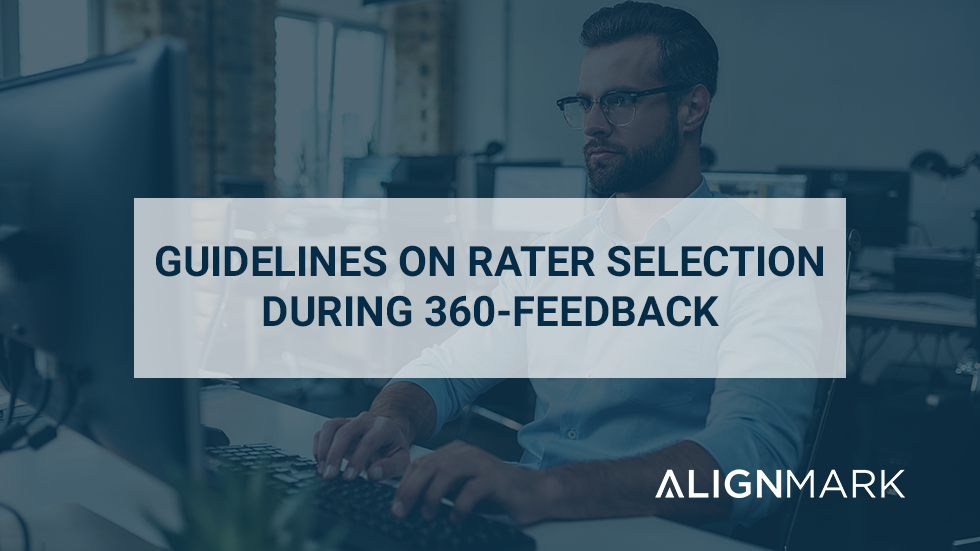Table of Contents
Guidelines on Rater Selection during 360-Feedback
In a few of our recent posts, we have focused on parameters focusing on the raters rather than the focal leaders that will be involved in 360 feedback processes. In these posts, we have discussed some of the quantitative questions like how often raters should participate in these 360 processes. We have also dedicated a recent post to talking about rater fatigue and some helpful tips to combat this fatigue that your raters may face. In this post, we will focus again on the rater side of 360 feedback in an organization. This will be dedicated to rater selection and how to select the specific raters for each participant. This is an important stage of the process because raters should be carefully selected for each leader. These individuals should have a connection to the leader and be a relevant source of information so they will have beneficial feedback while completing the survey on the focal leader.
In this post, we will provide some helpful guidelines to follow when you are going through the rater selection process during 360-feedback.
1. Who will select the raters?
There are 2 options for this. The options are the person themselves or someone else. There are pros and cons of each option. If it is the person themselves, another individual needs to make sure they are not just picking their friends. If it is someone else then the trend is to include somebody in each category of the rater group. It is important that when choosing raters, you choose participants from every rater category so that you will have a well-rounded group of raters and a valuable 360-degree report.
2. Do the raters have relevant and recent experience with participants?
This question is based on how well the raters know the participant. Make sure that the participant has been working alongside the focal leader for some period. Raters should also have the option to have “not observable” responses so that raters can accurately rate the aspects of the focal leader’s performance they do not see with this response rather than just assuming. For example, how much does a peer from another city get to see how specific the feedback a leader gives to their direct reports this would warrant a “not observable” response. Having all the raters be under this umbrella of recent and relevant experience will provide the rater with the most accurate results in their 360 Feedback report and be the most help in the development of the leader.
3. Have as many rater groups as possible
This question piggybacks off a mention from the first question. As we talk about getting an individual from every rater category. Rater groups are the group of individuals that will be rating a particular focal leader. Having perspectives from multiple rater categories means that the rater group will give you diverse perspectives from different working relationships with the focal leader which is fantastic because it will give you more diverse survey answers that will make up the 360-degree report. So, remember to keep an open mind when creating your rater group to ensure that it has many perspectives among the raters.
4. Do you have the ideal number of raters in your rater group?
There is no right answer to this question. The number of raters will fluctuate based on the size of the organization and the department that the participant is a part of. As we stated there is no maximum number of raters but note that having too many raters causes more work and surveys that must be completed internally, and does not change the results statistically. The important thing to have was a diverse group rather than a large group. That is why the suggested maximum number should be 8-10 raters for a single rater group.
The decision to choose raters for your 360-degree feedback process can be challenging. These tips above should help ease that rater selection process. Having raters that have relevance to the leader in a diverse number of professional roles will ensure that the leaders have a complete 360-degree view when the process is complete and they get their report.
Related Blog Post: How to choose raters for your 360 feedback process
Related Resource: 360 Feedback—Your Complete Guide

 Dr. Jaffee (M.A., Ph.D.) is a recognized expert in the field of assessments, and has created effective HR Solutions used by millions of people.
Dr. Jaffee (M.A., Ph.D.) is a recognized expert in the field of assessments, and has created effective HR Solutions used by millions of people.